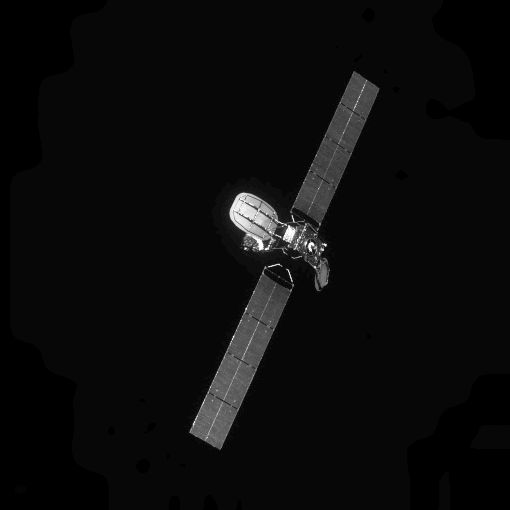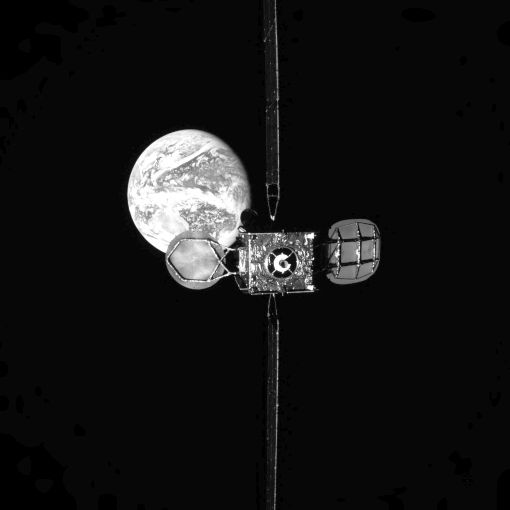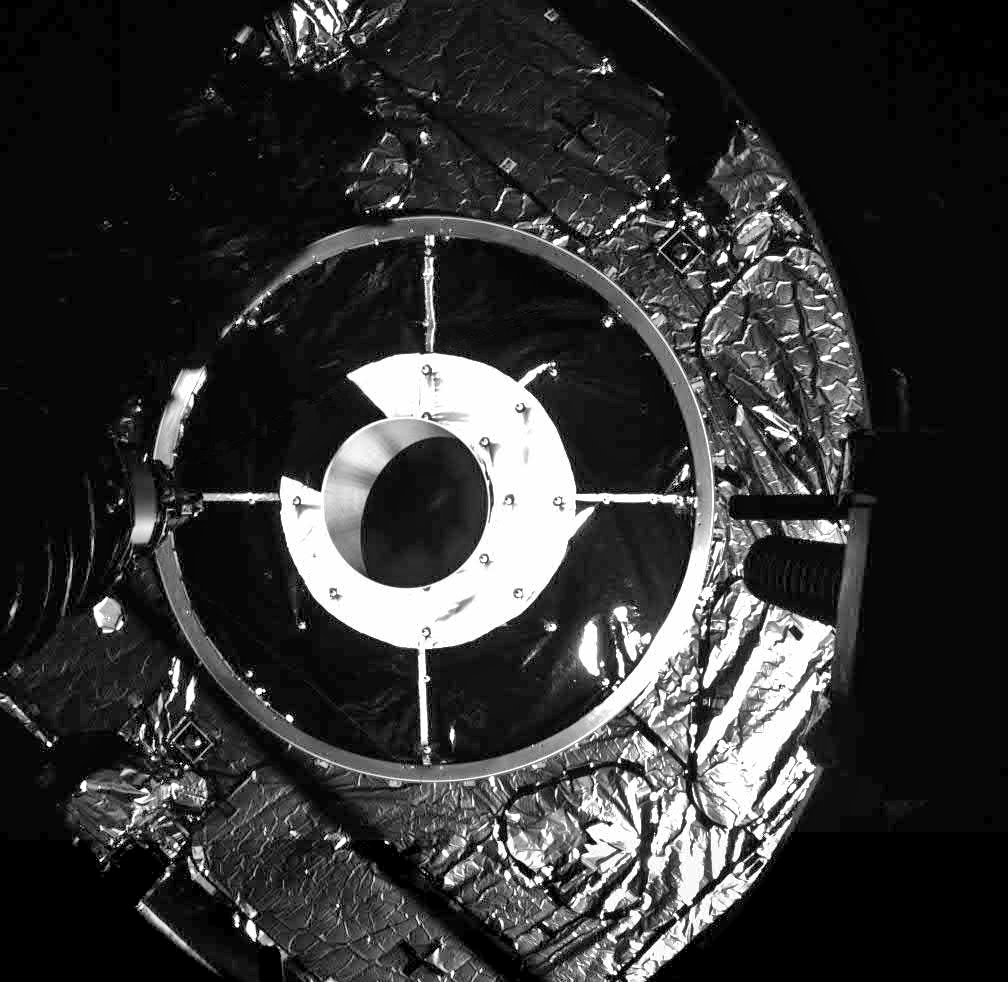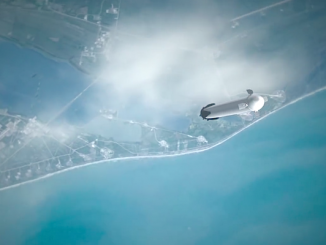Northrop Grumman’s first Mission Extension Vehicle captured spectacular views of the commercial Intelsat 901 communications satellite as it approached for docking this week, providing the first-ever up-close public views of a spacecraft flying near geosynchronous orbit more than 22,000 miles above Earth.
Flying on autopilot, the MEV 1 spacecraft docked with the Intelsat 901 satellite at 2:15 a.m. EST (0715 GMT) Tuesday high above the Pacific Ocean.
The Mission Extension Vehicle is a commercial servicer designed to latch on to satellites and take control of propulsion duties, allowing old spacecraft to continue operating even if they are out of fuel.
The automated docking early Tuesday marked the first docking of two commercial satellites in space, and the first link-up of two satellites in geosynchronous orbit, a region high above the equator where spacecraft move at speeds that match the rate of Earth’s rotation. The ability of satellites to move in lock-step with the spin of Earth makes geosynchronous orbit, or GEO, a popular location for communications relay stations.
It was also the first docking with a satellite that was never designed to receive a visitor after launch.
Read our full story for details on the mission.





Email the author.
Follow Stephen Clark on Twitter: @StephenClark1.



